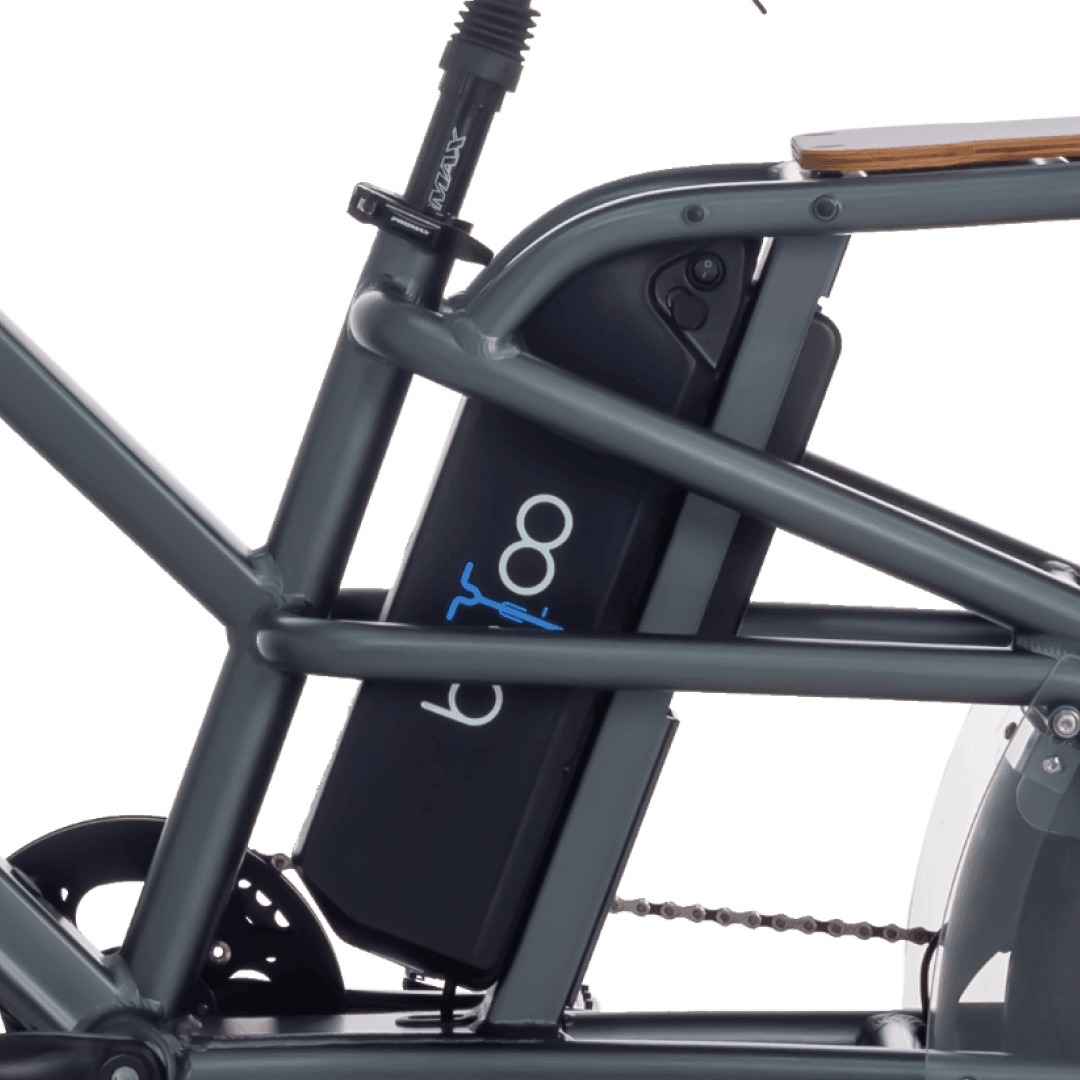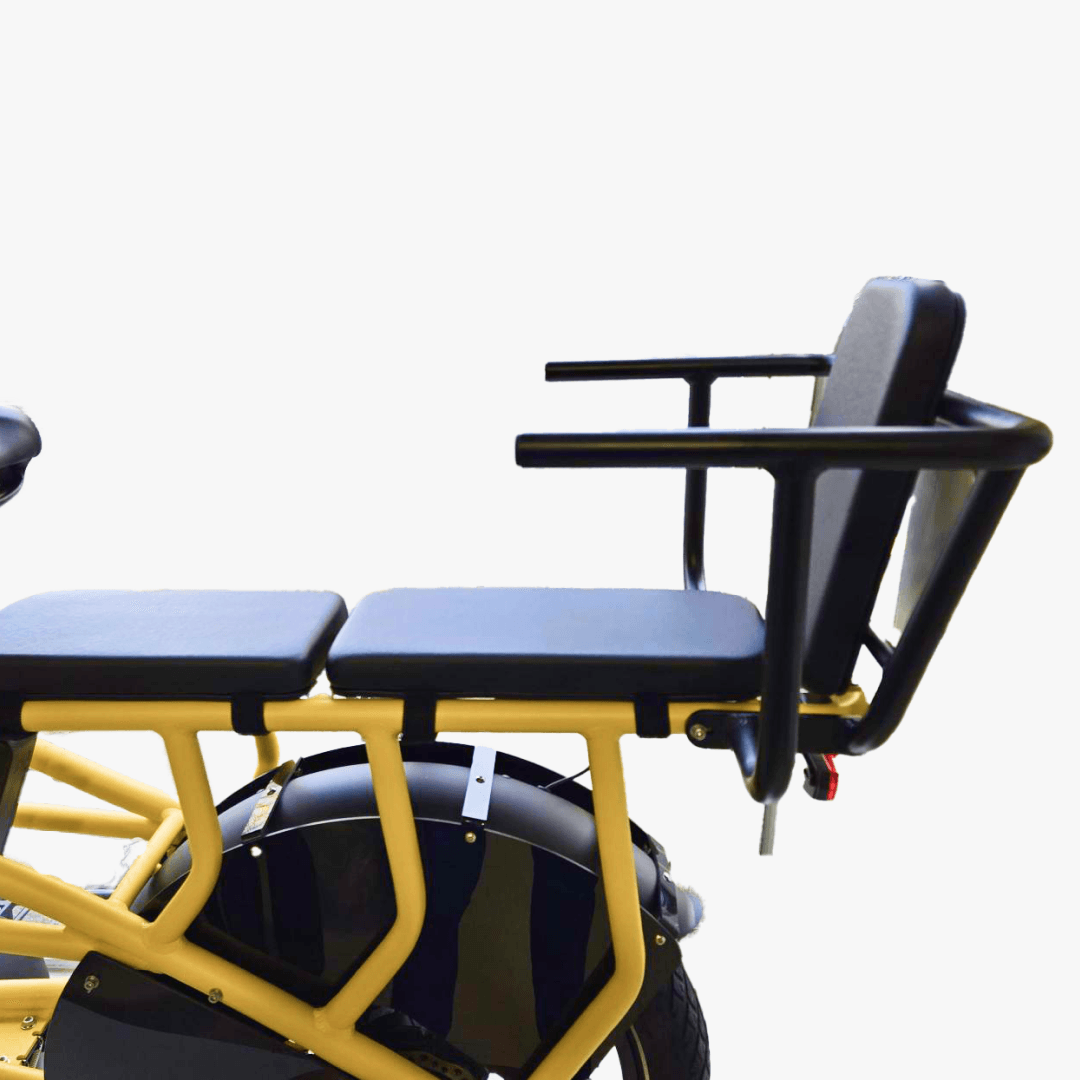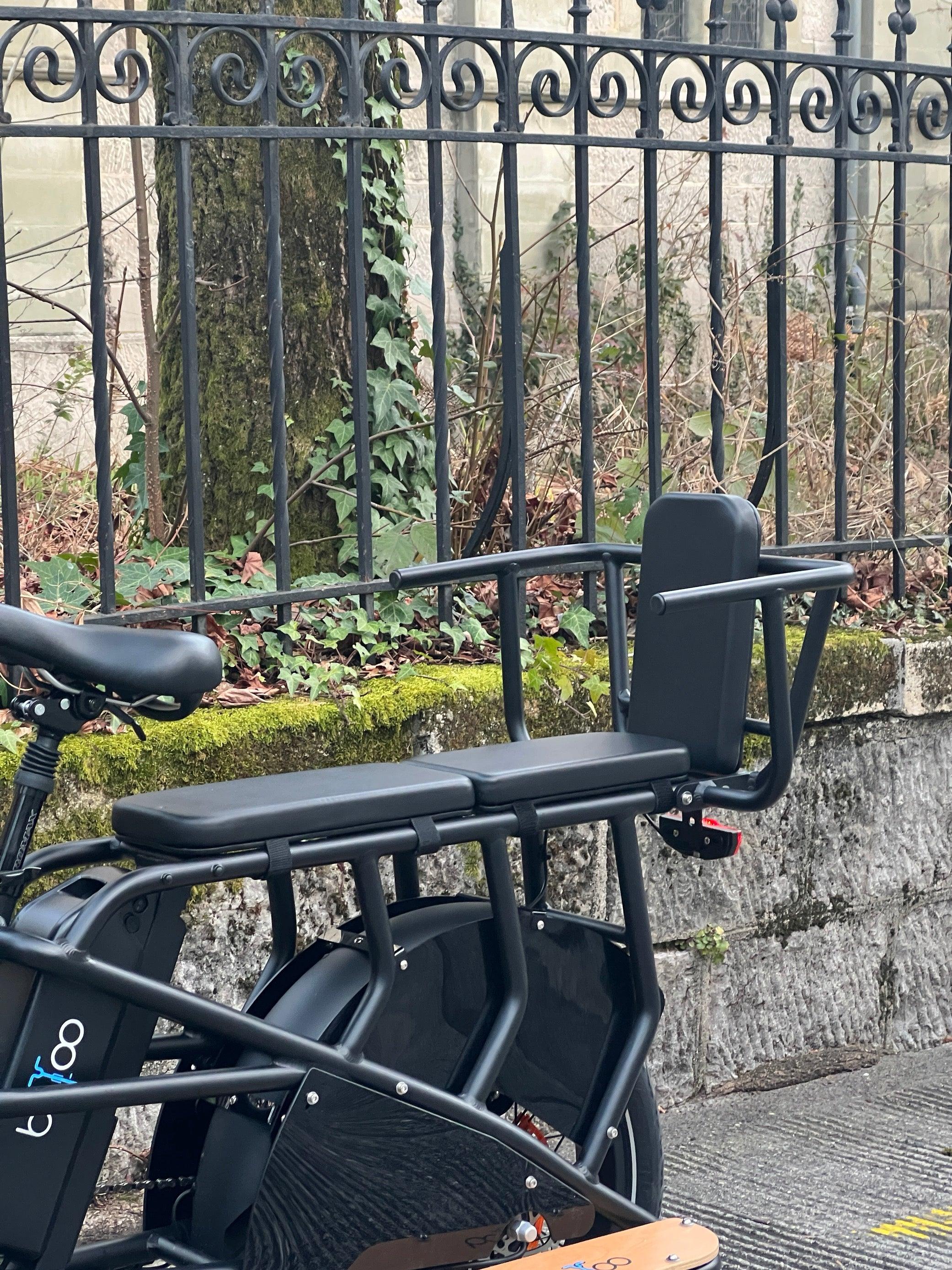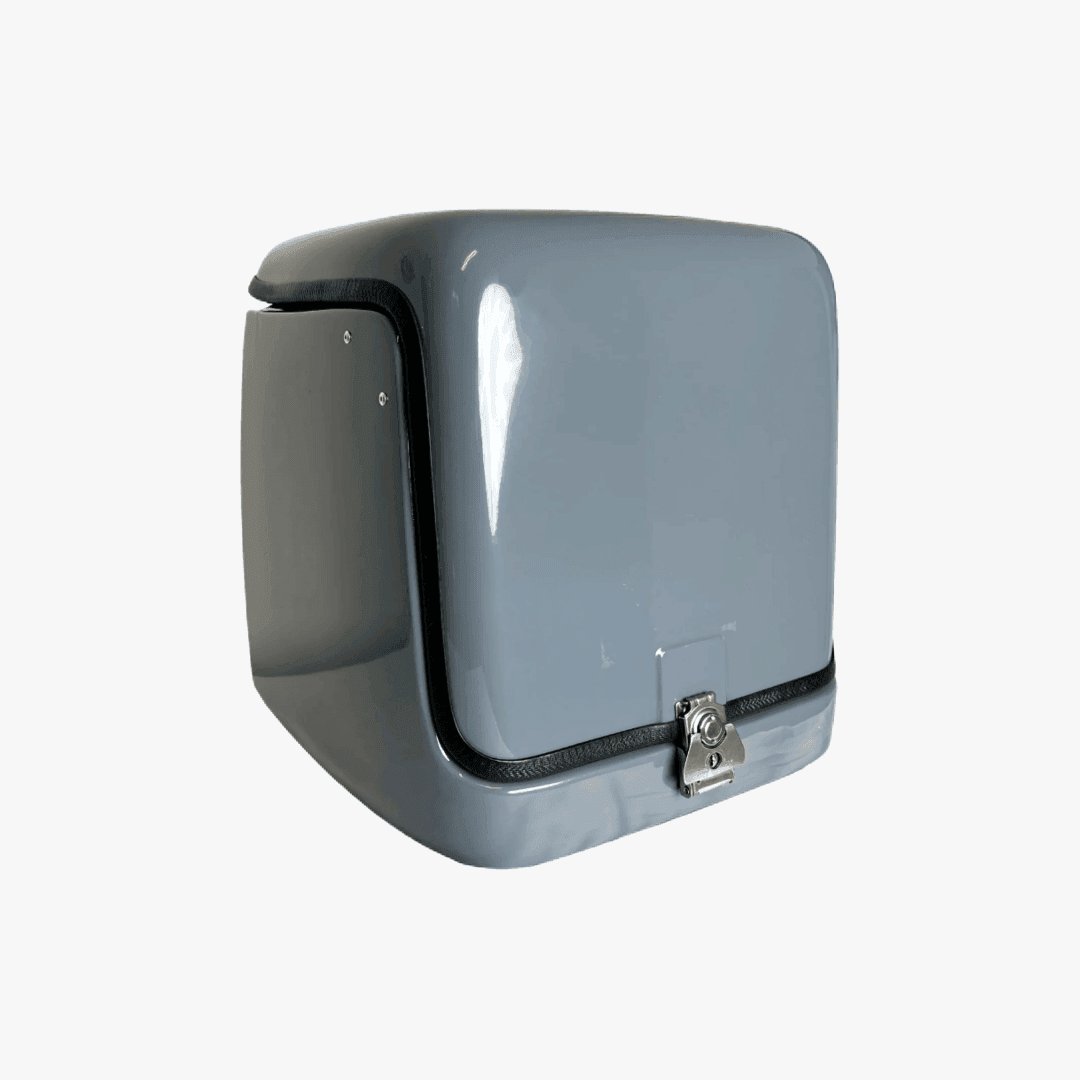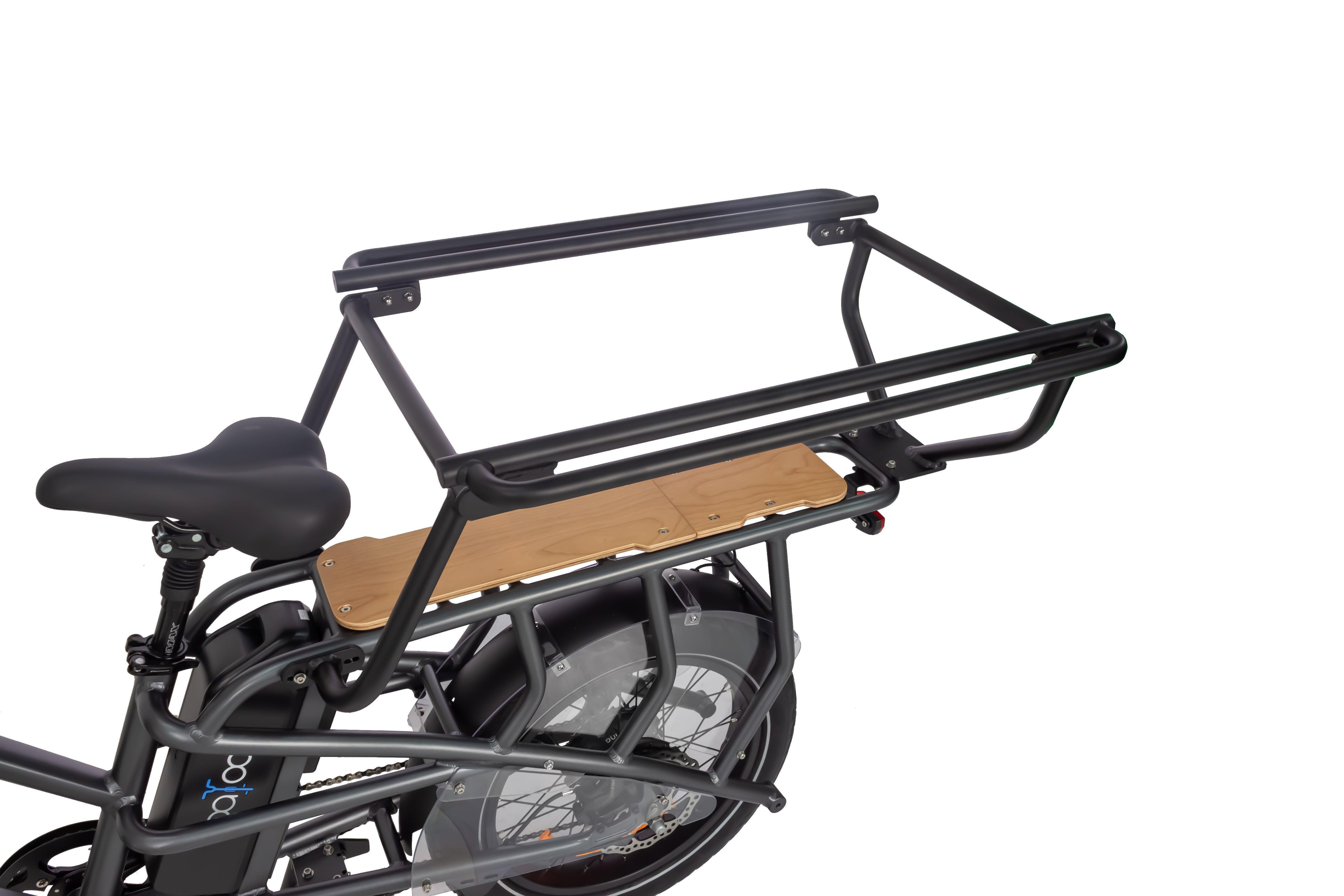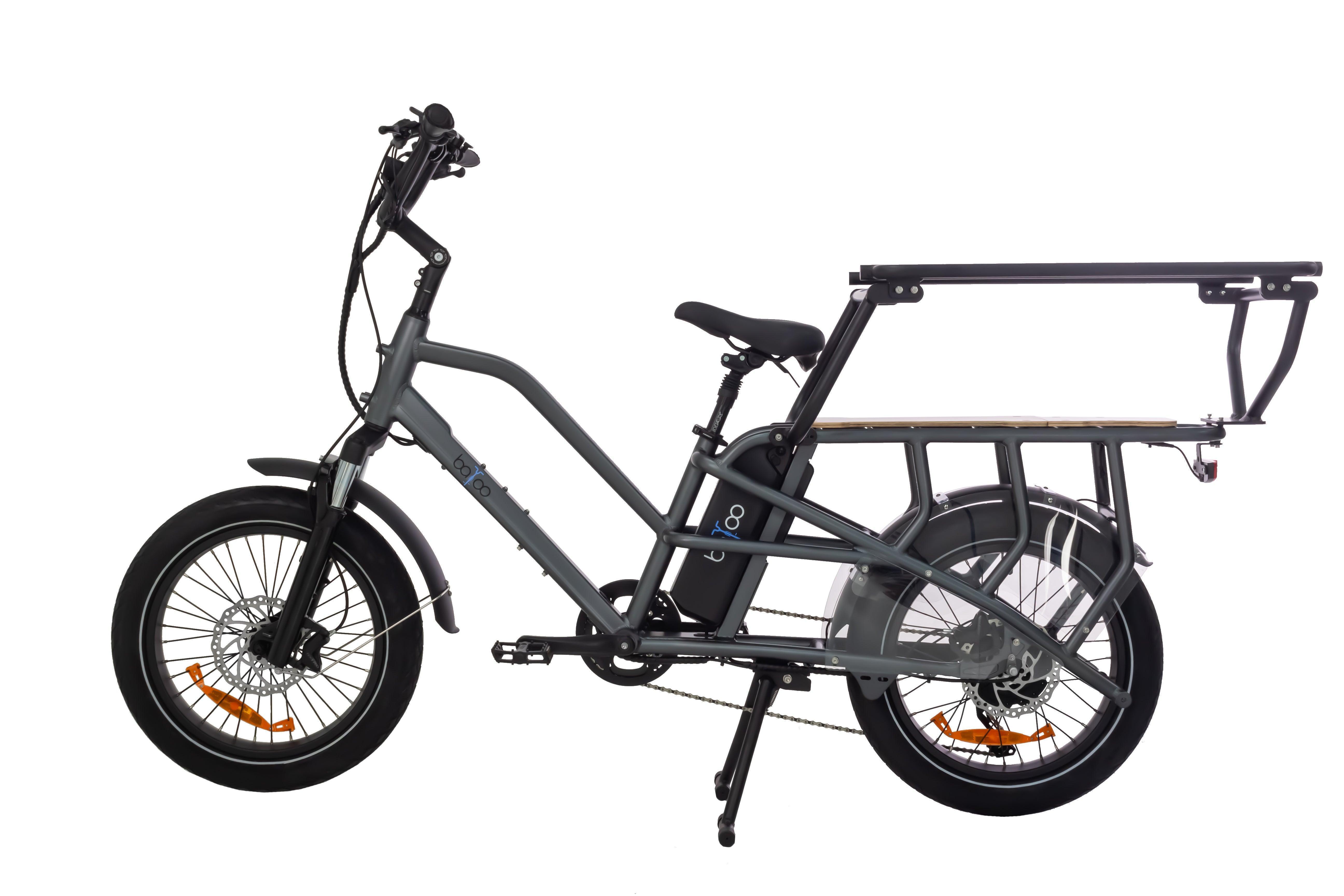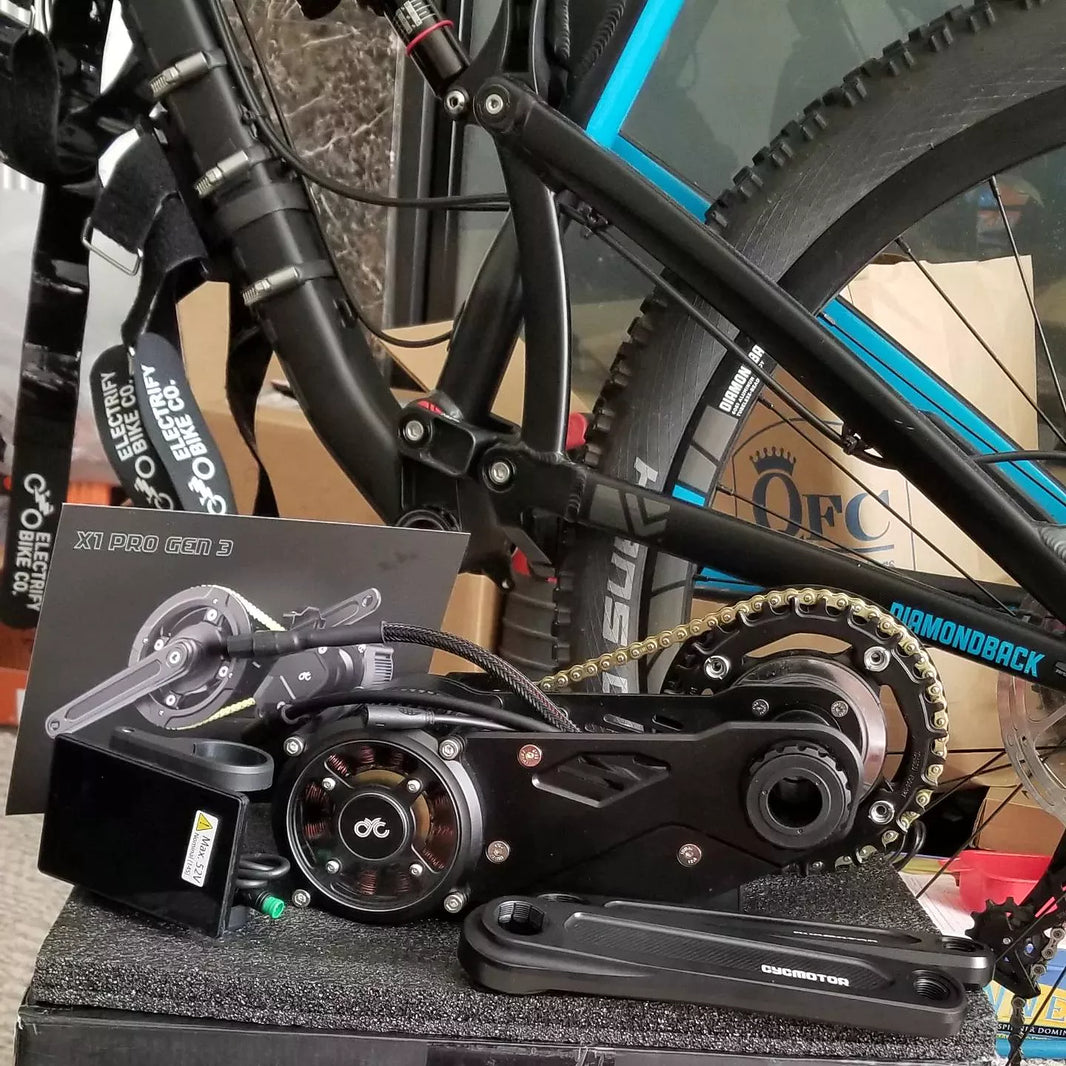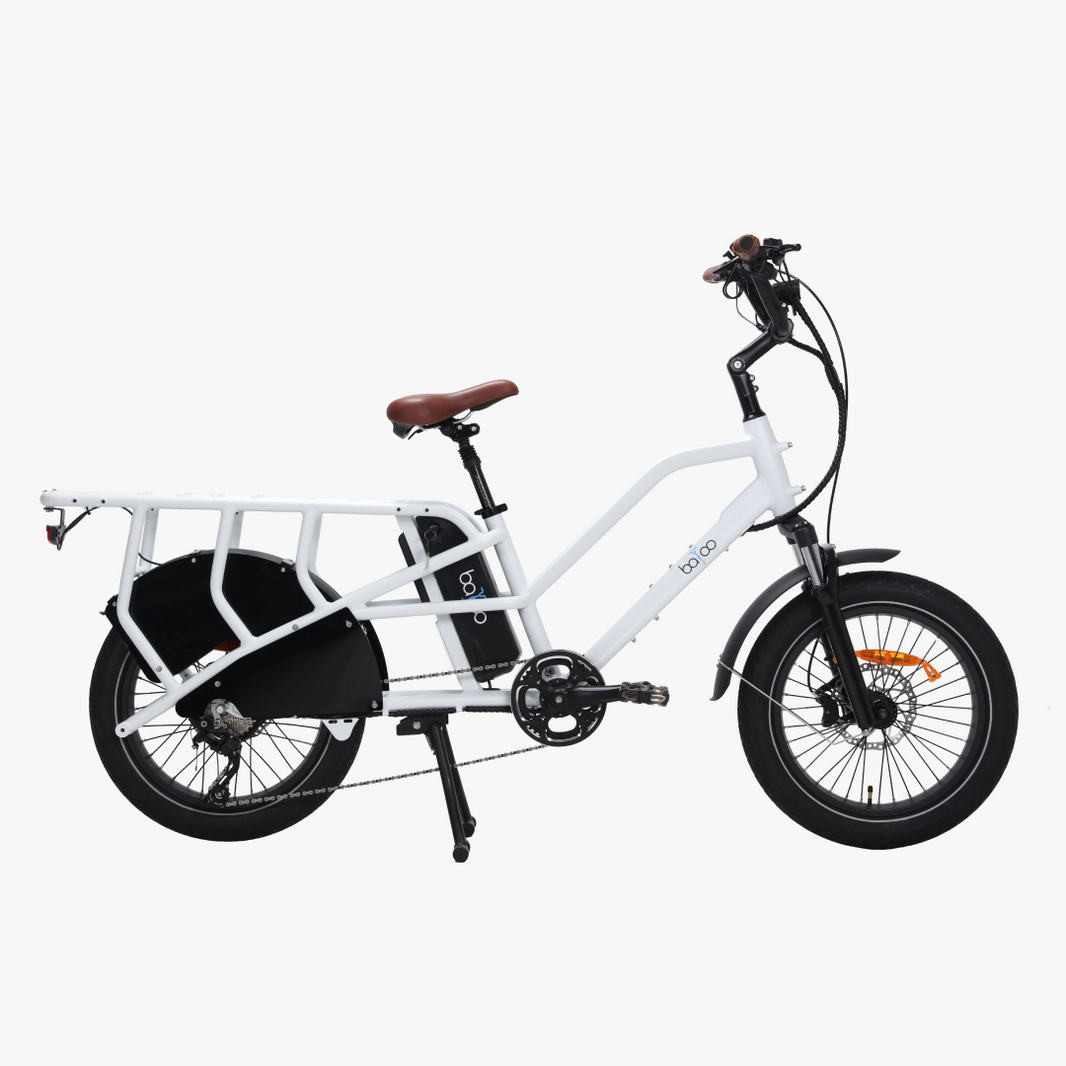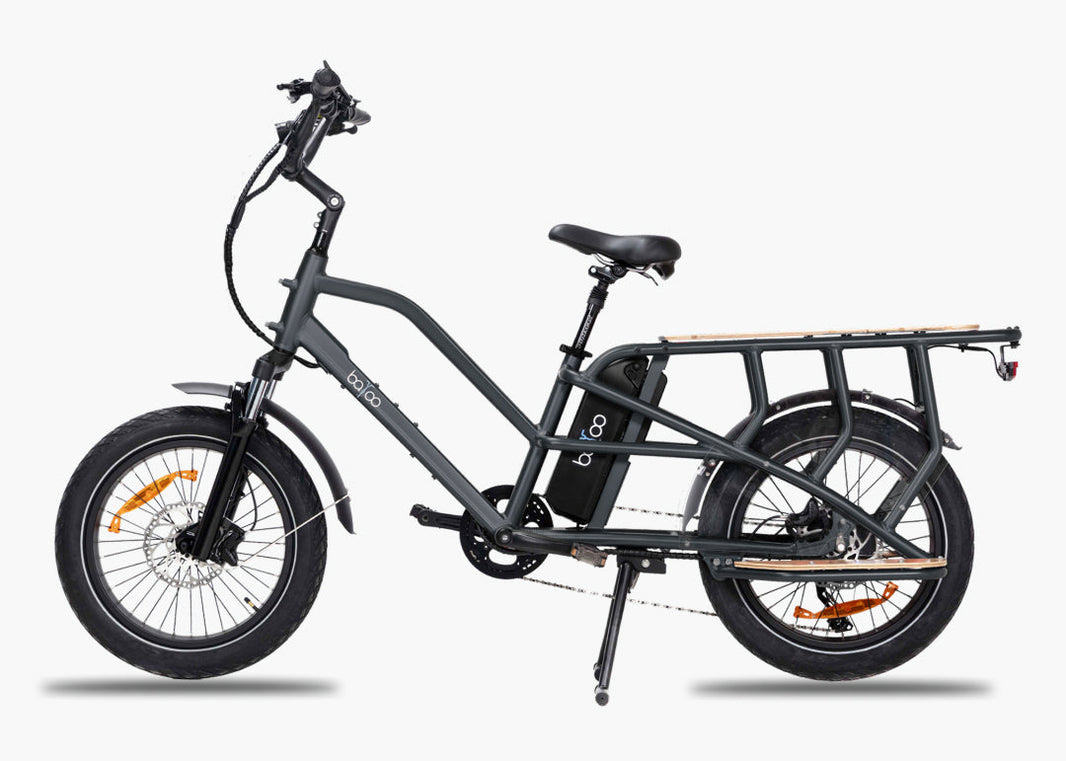Reconditioning bicycle batteries remains the most popular solution for e-bike owners today. It's an economical solution that always costs less than buying a new battery, and it's also an environmentally friendly choice because reconditioning saves valuable resources.
Reconditioning an electric bike battery: how does it work? This is what we will see in this content dedicated to reconditioning electric bike batteries .
How does battery reconditioning work? What is the battery's capacity once reconditioned? Losing your battery's capacity isn't inevitable. Do you want to know why?
Follow the leader !
What are the different types of batteries on an electric bike?
Before looking at the point that interests us most, namely: Reconditioning an electric bike battery: how does it work?
It is necessary to know the different types of batteries that can be found on an electric bike, even if some battery models are disappearing.
The batteries also adapt to the types of electric bikes between cargo bikes , long trails, urban bikes, all terrain…
On an electric bike you can find:
Lead acid battery
This type of battery is becoming increasingly rare in electric bikes, mainly due to the many drawbacks associated with these types of batteries. These batteries had difficulty withstanding the cold, were bulky, heavy, and lead has been proven to be harmful to health.
From an ecological point of view, it's no better, because, even if the lifespan of a lead-acid bicycle battery is around 500 cycles in theory, it has generally been observed that the autonomy decreases seriously from 300 cycles. The replacement of the battery is thus estimated at after a year or even two.
Nickel battery
First of all, nickel batteries are much lighter than lead batteries. Furthermore, nickel-based e-bike batteries also store more power and can last between 2 and 5 years with average use.
Despite this, they are rarely used on recent e-bikes because lithium batteries remain the mainstay today in most electric bike models.
Lithium battery
Lithium batteries are becoming more and more widespread. They allow for maintaining a high autonomy of up to 1000 charge cycles (or even more for the most recent Lithium Iron Phosphate models which can go up to 3000 cycles!).
After 1000 cycles, Shimano, for example, guarantees a 60% capacity. Bosch claims its batteries have a lifespan of 30,000 km, or about 3,750 km per year over 8 years. Lithium batteries also have the advantage of being lighter, less bulky, and with a longer lifespan.
Some brands offer reliable batteries that provide more autonomy, such as Bosch and Shimano brand batteries .
How to Extend the Life of an Electric Bike Battery

On an electric bike, the battery is the most expensive component, but it is also the most important element to take care of in order to extend its lifespan.
Major brands and e-bike battery manufacturers such as Bosch and Shimano offer advice on battery protection, transport, and storage. Let's take a look at the best practices to adopt.
To preserve your battery, you must:
- Use eco mode as often as possible
- Always store the battery at a temperature between 10° and 20°
- Store a battery with a charge level between 30 and 60% or even 70%
- Make sure to put your e-bike in the shade and/or in a cool place.
- Always use an original battery charger and/or a compatible charger
What are the mistakes to avoid:
- Excessive and repeated use and stress on your electric bike battery
- Storage at a temperature above 30° or below 0°
- Excessive storage with the battery charger connected or a battery in a completely discharged state
-
Always avoid leaving the bike in direct sunlight or in the rain.
How does battery reconditioning work?

To recondition a bicycle battery, this process occurs when the battery begins to no longer hold its charge and loses its power. So let's see the procedure that is adopted to recondition a battery :
Bicycle Battery Condition Diagnosis
First of all, it is necessary to make an accurate and complete diagnosis of the battery.
Tools such as the Bosch System Diagnostic Tool for bikes equipped with a Bosch battery, or other tools are available to help perform this important test.
This tester, in a way, checks the charging and starting systems, it produces a complete report that measures, in particular, the number of complete charging cycles that have been carried out. In addition, and if necessary, a tool like a capacity tester, also allows you to check how quickly your battery discharges and if it has lost compared to its initial capacity.
Once the diagnosis is carried out, it is advisable to put on one side the bikes whose battery is in good condition, and on the other, those whose battery needs reconditioning.
Manufacturers entrust reconditioning to experts when possible, otherwise they offer to replace the battery with a new one.
Reconditioning your bike battery yourself is entirely possible. With the help of a multimeter, you can test your bike's battery, and it's a good idea to do it regularly. Here's the procedure to follow:
- Provide a clean, well-lit work area, then ensure your bike is turned off and disconnected from any power source.
- Locate the bike battery, it is usually on the frame or on the luggage rack.
- Remove the battery according to the instructions and precautions provided in the manual for your electric bike model.
- Charge your battery fully. To start the test, the battery must be fully charged.
- Set the multimeter to the appropriate voltage range, knowing that most e-bikes operate within a specific voltage range of 24, 36 or 48V.
- Then connect the multimeter to the battery using the multimeter probes to connect to the battery terminals, the connections must be firm and stable.
- Turn on the multimeter and read the voltage, if the voltage is lower than the specified range, it may indicate a problem with the battery charging or discharging.
- Perform a charge test: If your battery has a fast charge function, test it by measuring the voltage during the charging process.
- Compare your results with those specified by the manufacturer and if there are significant discrepancies, always have your test confirmed by a professional if in doubt.
Electric bike battery reconditioning:
A reconditioned battery gives your electric bike a new lease of life. Reconditioning a battery is a more economical and environmentally friendly method than simply replacing it with a new one.
However, it is also important to know that not all batteries can be reconditioned. Therefore, when reconditioning is not possible, the battery is replaced and the old battery is recycled.
It is very rare for an electric bike to be considered out of use, generally, a reconditioning or a battery change is enough to extend its lifespan.
Reconditioning procedure:
The procedure for reconditioning an electric bicycle battery aims to replace all of the battery cells with new ones, an operation which requires the following steps:
- Sort the battery elements such as connectors and wiring, which will be kept, and the other components, which will be recycled.
- Then test the Li-ion cells
- Assemble the future battery according to its power, voltage and capacity (amperage). The cells are then welded together.
- Then carry out various tests which allow you to properly check the performance of this new battery.
FAQs
Is it possible to recondition an electric bike battery?
Reconditioning occurs when the battery begins to lose its charge and power. The process of reconditioning an e-bike battery involves replacing all of the battery cells with new ones.
How much does it cost to recondition an electric bike battery?
Reconditioning an electric bike battery. Having your battery reconditioned can save you money, with an average cost between €300 and €500.
Can electric bike batteries be restored?
It is possible to regenerate an e-bike battery using reconditioning techniques such as voltage checking and cell balancing. Success varies depending on the condition and level of degradation of the battery.
Is it possible to recondition a battery?
Technically, it's possible to recondition most batteries. From an economic perspective, reconditioning also allows for savings of 10% to 30% compared to purchasing a new battery of the same capacity! What's more, you're getting a battery that has the same characteristics as a new battery and comes with a 1-year warranty.
Conclusion
Economically, reconditioning a battery allows you to save 10% to 30% compared to buying a new battery of the same capacity. This allows you to leave with a battery that has the same characteristics as a new battery and with a 1-year warranty. Furthermore, reconditioning also contributes to the development of battery collection, reconditioning, and recycling channels, which remains interesting for local economies. Regarding the price of reconditioning bicycle batteries, it varies on average, depending on the model and brand, from 250 to more than 500 euros.
BatooBike offers a 720 Wh battery for its Cargo Colibri model, providing a range of between 50 and 100 km depending on the assistance level used, with the option of adding a second battery for even more range. If you live in Switzerland, don't hesitate to make an appointment for a test ride and to get all the useful information.












